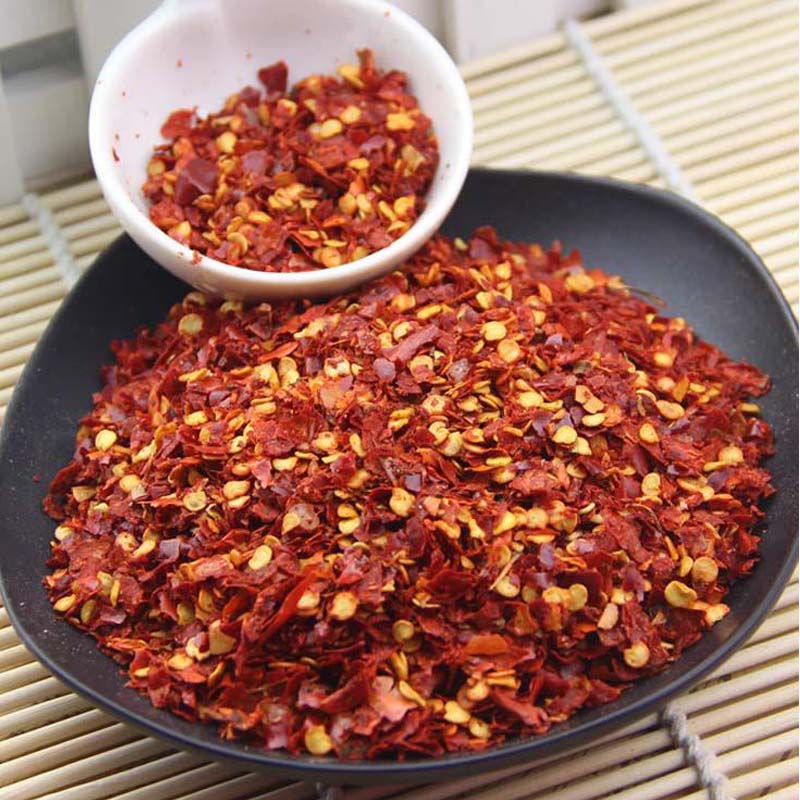- No. 268 Xianghe Street, Economic Development Zone of Xingtai city, Hebei 054001 China
- Byron@hbhongri.cn
ground paprika
The Versatile Spice Ground Paprika
Ground paprika, a vibrant red spice, has earned its place in kitchens around the world due to its distinct flavor and versatile applications. Derived from grinding dried Capsicum annuum peppers, paprika can range from sweet to smoky, and even mildly spicy, making it a beloved ingredient in various culinary traditions.
Historically, paprika has its roots in Central America, where it was first cultivated by indigenous peoples. However, it gained prominence in European cuisine, particularly in Hungary and Spain, where it is now an essential ingredient. Hungarian paprika is renowned for its sweet flavor and vivid color, stemming from the country's unique varieties of pepper, while Spanish paprika, or pimentón, can offer a robust, smoky character thanks to the traditional drying process involving oak smoke.
One of the most admirable qualities of paprika is its ability to enhance dishes without overpowering them. Its subtle sweetness and earthy notes can elevate a simple meal, adding depth and enhancing other flavors. In Hungarian goulash, paprika is the star, providing a rich, red hue and a warming flavor that defines the dish. Meanwhile, in Spanish cuisine, it is a crucial component of chorizo, imparting its characteristic color and aroma.
ground paprika

Paprika is not just limited to savory dishes; it also finds a place in various sauces, marinades, and even egg dishes. A sprinkling of paprika on deviled eggs can transform them from ordinary to extraordinary, while a dash in hummus adds a subtle complexity. Its culinary uses are endless, ranging from soups and stews to roasted vegetables and grilled meats.
Nutritionally, paprika offers more than just flavor. It is rich in antioxidants, particularly carotenoids, which can contribute to eye health and boost the immune system. It also contains vitamins A, E, and several B vitamins, making it a nourishing addition to any diet.
When using ground paprika, it is essential to consider its freshness
. The spice can lose its potency over time, so purchasing it in small quantities and storing it in a cool, dark place is advisable. Additionally, when cooking with paprika, adding it at the right moment in the cooking process can maximize its flavor. It’s best to add paprika early on when sautéing onions or garlic, allowing the spice to release its essential oils and fragrances.In conclusion, ground paprika is much more than just a colorful addition to dishes; it is a powerful seasoning that can transform flavors and elevate even the simplest recipes. Whether you’re sprinkling it on your favorite soup, mixing it into a spice rub, or simply garnishing a finished dish, paprika brings warmth, depth, and a touch of sophistication to your culinary creations. Its versatility and health benefits make it a staple in many kitchens, proving that a small amount of this vibrant spice can make a significant impact. So next time you reach for that jar of ground paprika, remember the history, the flavors, and the endless possibilities it offers in enhancing your meals.
-
The Versatile Uses and Benefits of Capsicum Frutescens Oleoresin and ExtractsNewsJun.03,2025
-
Paprika&Chili Products Enhancing Flavor and Wellness in Every BiteNewsJun.03,2025
-
Paprika Extract and Capsicum Applications in Food and IndustryNewsJun.03,2025
-
Exploring the Benefits and Uses of Turmeric Powder and Curcumin ExtractNewsJun.03,2025
-
Discover the Bold Flavor of Premium Chilli Powder from ChinaNewsJun.03,2025
-
Capsicum Oleoresin Extract: A Potent Natural Ingredient in Modern ApplicationsNewsJun.03,2025







